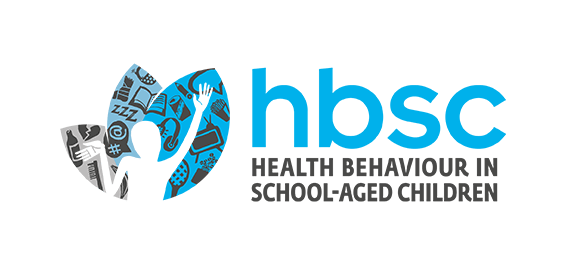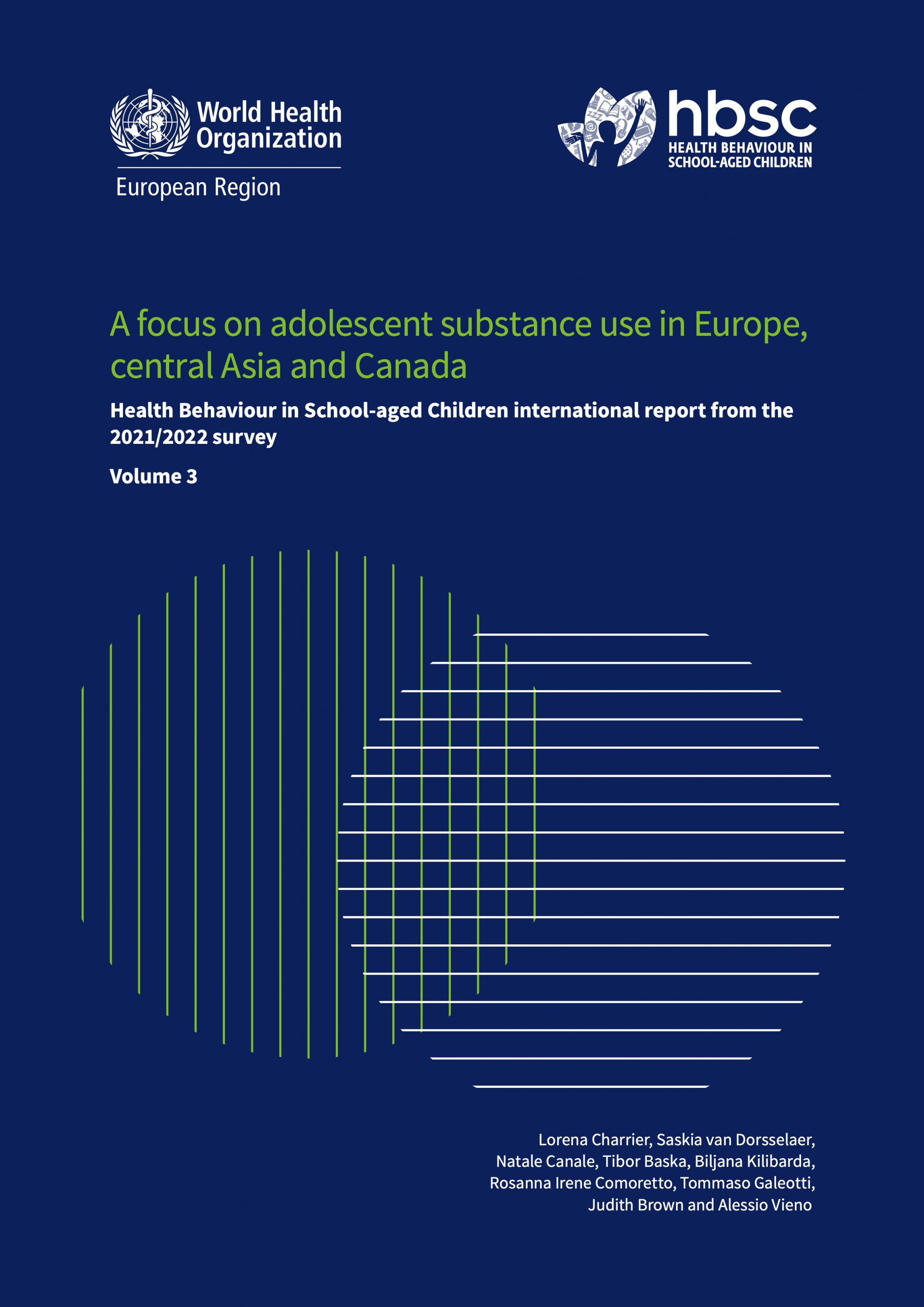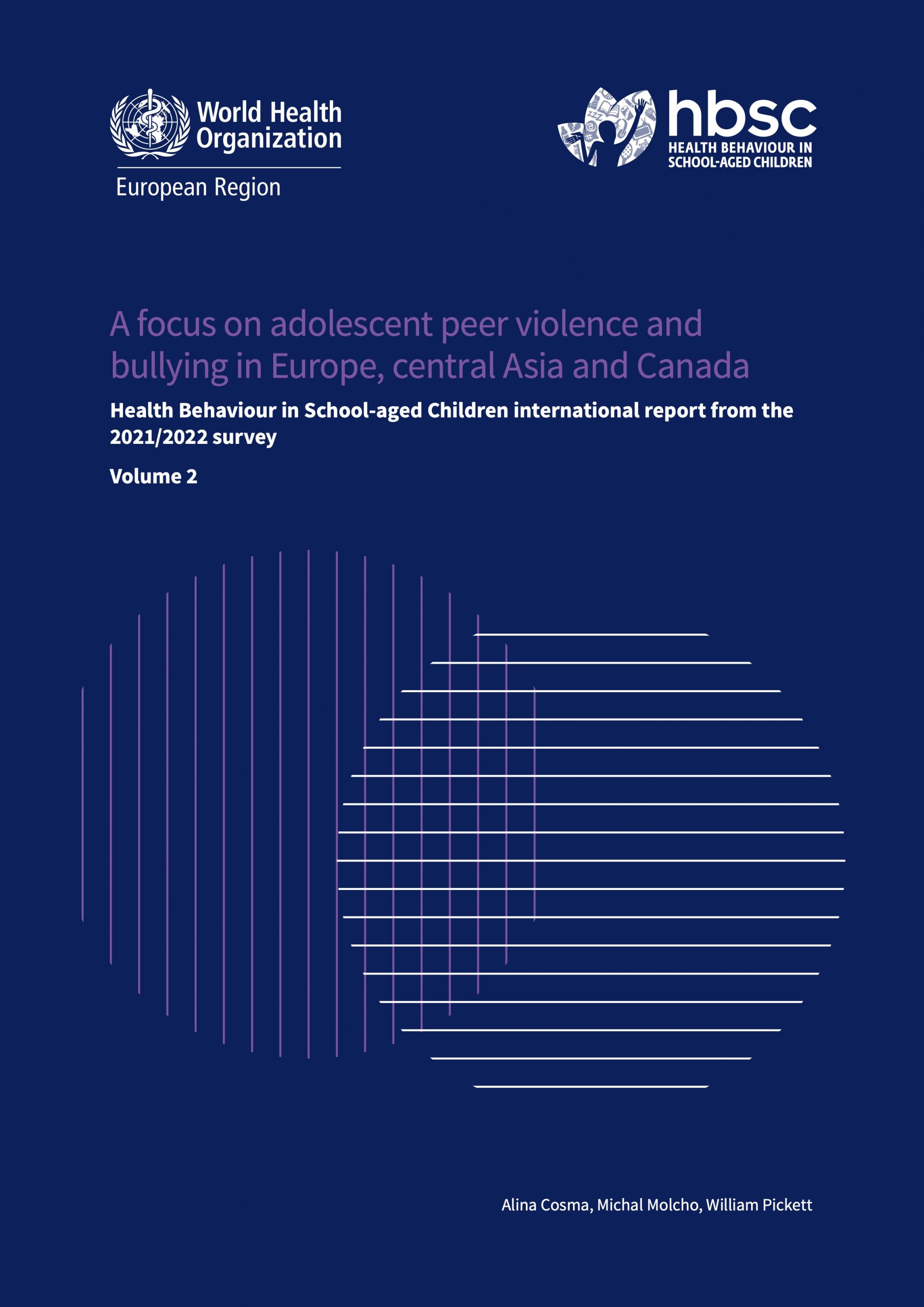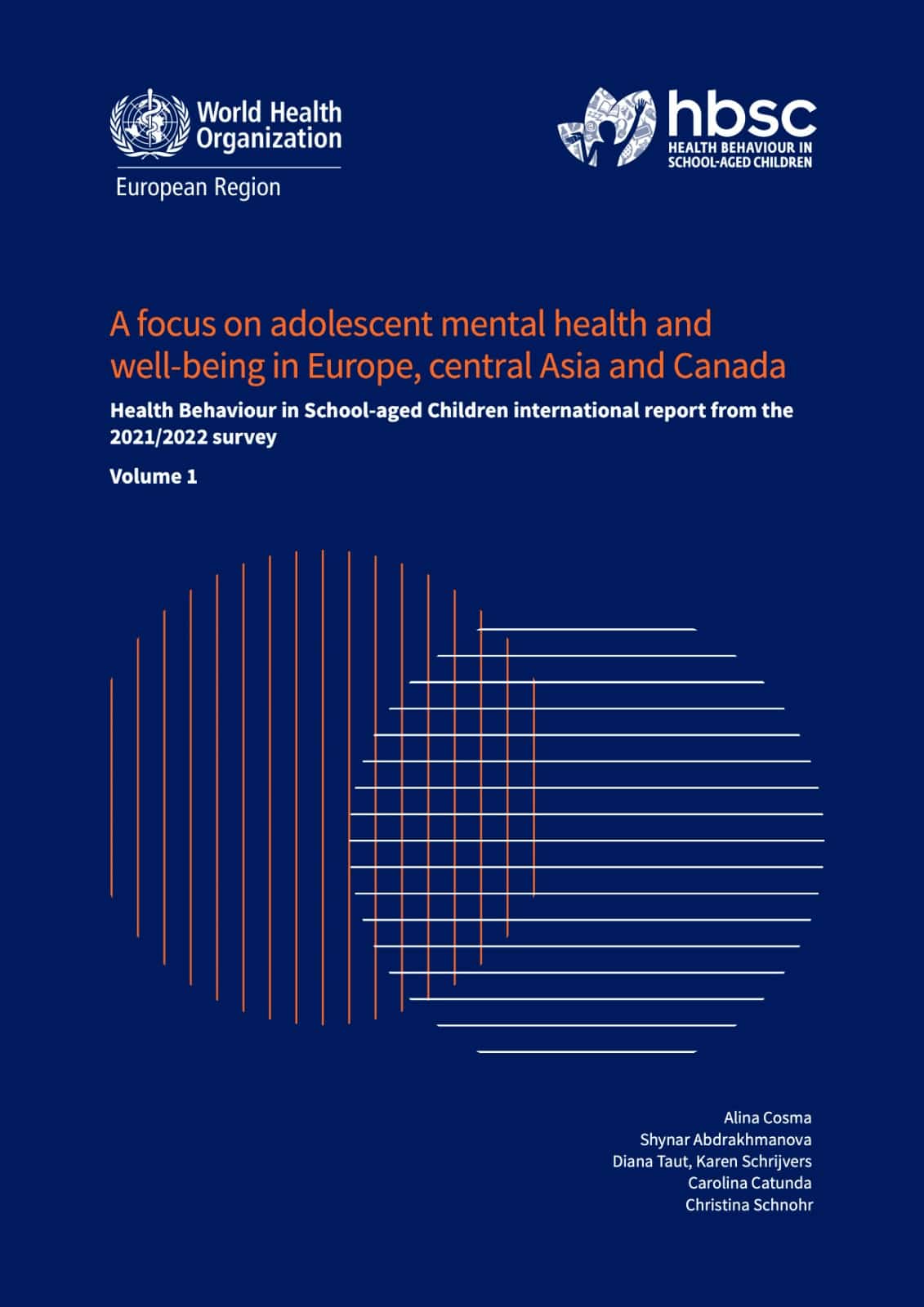A focus on adolescent substance use in Europe, central Asia and Canada
Health Behaviour in School-aged Children international report from the 2021/2022 survey: Volume 3
The Health Behaviour in School-aged Children (HBSC) study is a large school-based survey carried out every four years in collaboration with the WHO Regional Office for Europe. HBSC data are used at national/regional and international levels to gain new insights into adolescent health and well-being, understand the social determinants of health and inform policy and practice to improve young people’s lives. The 2021/2022 HBSC survey data are accompanied by a series of volumes that summarize the key findings around specific health topics. This report, Volume 3 in the series, focuses on adolescent substance use, using the unique HBSC evidence on adolescents aged 11, 13 and 15 years across 44 countries and regions in Europe, central Asia and Canada. It describes the status of adolescent substance use (cigarette smoking, electronic cigarette use, alcohol consumption, drunkenness and cannabis use), the role of gender, age and social inequality, and how adolescent substance use has changed over time. Findings from the 2021/2022 HBSC survey provide an important evidence benchmark for current research, intervention and policy-planning.
Topic: HBSC survey results, substance use questions in the Mandatory Questionnaire
HBSC data: 2013/14, 2017/18 and 2021/22 international file
Languages: English
ISBN: 978-92-890-6093-6 (PDF)
Editors: Lorena Charrier, Saskia van Dorsselaer, Natale Canale, Tibor Baska, Biljana Kilibarda, Rosanna Irene Comoretto, Tommaso Galeotti, Judith Brown and Alessio Vieno
Suggested citation: Charrier L, van Dorsselaer S, Canale N, Baska T, Kilibarda B, Comoretto RI et al. A focus on adolescent substance use in Europe, central Asia and Canada. Health Behaviour in School-aged Children international report from the 2021/2022 survey. Volume 3. Copenhagen: WHO Regional Office for Europe; 2024. Licence: CC BY-NC-SA 3.0 IGO.
From X (Twitter)
Our latest report, with @WHO_Europe, 'A focus on adolescent substance use', is available now. It features data from around 280,000 young people across 44 countries. Dive into the details: https://t.co/N9RiEOFui5 pic.twitter.com/DdJ9l7Yywz
— HBSC Study (@HBSCStudy) April 25, 2024
The gender gap in adolescent substance use is narrowing, with girls equaling or even surpassing boys in smoking & alcohol use by age 15. It's crucial we adapt our prevention strategies. #AdolescentHealth https://t.co/tevwM6lOyx pic.twitter.com/eBj7uoFQDM
— HBSC Study (@HBSCStudy) April 26, 2024
Substance use in adolescence can disrupt brain development, academic achievement, and lead to addiction. Adolescence is a key window for intervention to reduce substance use and its long-term impacts. #AdolescentHealth https://t.co/ON0ulLOfZe pic.twitter.com/HaqMJ8zEM8
— WHO/Europe (@WHO_Europe) April 26, 2024
While e-cigarettes are on the rise, conventional cigarette smoking among teens remains a major concern, with 25% having tried smoking by age 15. #AdolescentHealth #NoTobacco https://t.co/ON0ulLOfZe pic.twitter.com/8WQQ0OE6WJ
— WHO/Europe (@WHO_Europe) April 26, 2024
57% of 15-year-olds have tried alcohol, with nearly 4 in 10 consuming it in the last 30 days. These figures aren't just numbers—they're a call to action. Let’s guide our youth towards healthier choices. #AdolescentHealth #Alcohol https://t.co/ON0ulLOfZe pic.twitter.com/3aVmqL8hd5
— WHO/Europe (@WHO_Europe) April 25, 2024
New @HBSCstudy & @WHO_Europe report reveals concerning trend: e-cigarette use surpasses conventional cigarette use among European adolescents. We must act to protect youth health.
— HBSC Study (@HBSCStudy) April 25, 2024
Read the full report: https://t.co/tevwM6lOyx #AdolescentHealth pic.twitter.com/M96JxjAaGj
Related reports
A FOCUS ON ADOLESCENT PEER VIOLENCE AND BULLYING IN EUROPE, CENTRAL ASIA AND CANADA
HEALTH BEHAVIOUR IN SCHOOL-AGED CHILDREN INTERNATIONAL REPORT FROM THE 2021/2022 SURVEY: VOLUME 2
A focus on adolescent mental health and well-being in Europe, central Asia and Canada
HEALTH BEHAVIOUR IN SCHOOL-AGED CHILDREN INTERNATIONAL REPORT FORM THE 2021/2022 SURVEY: VOLUME 1




